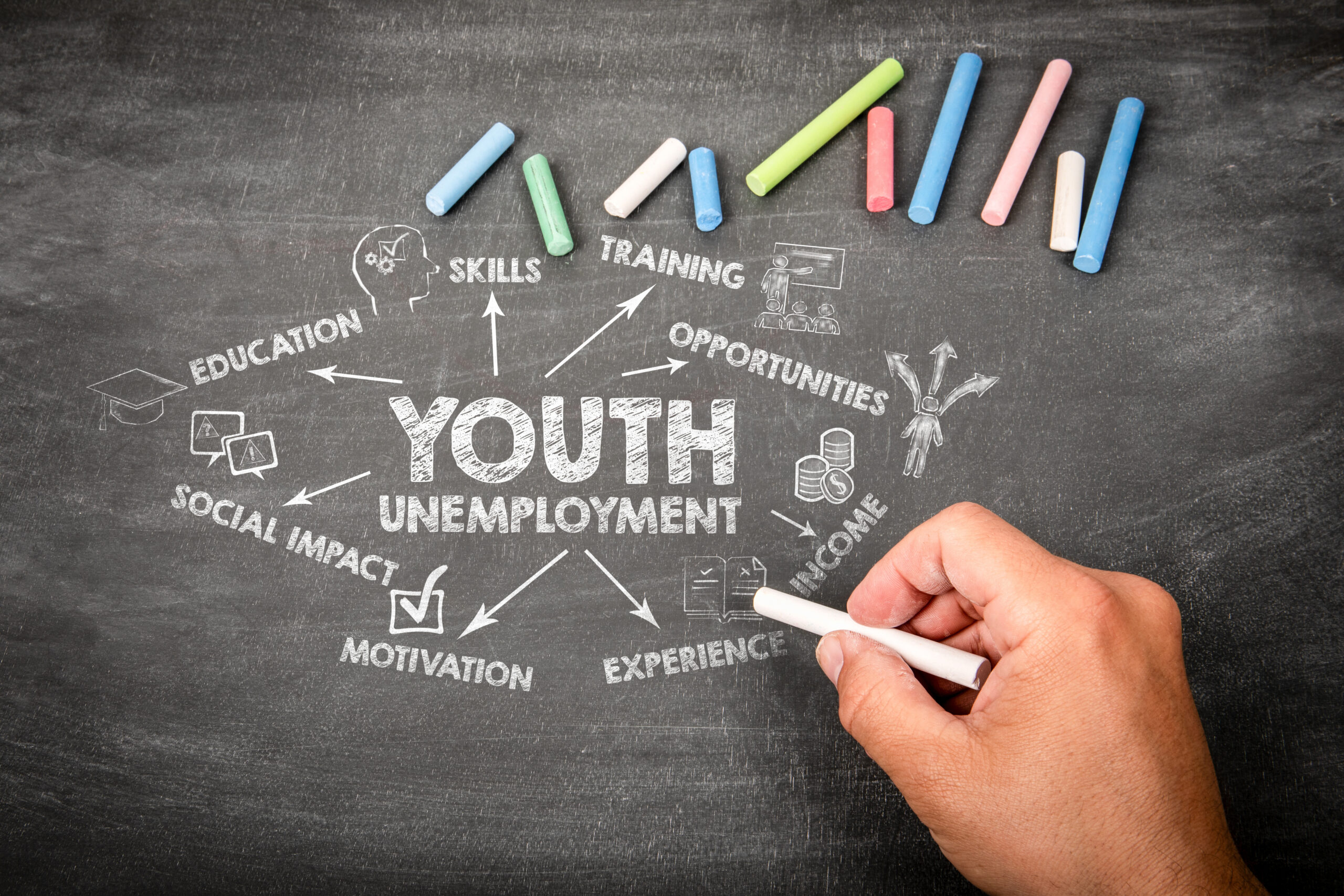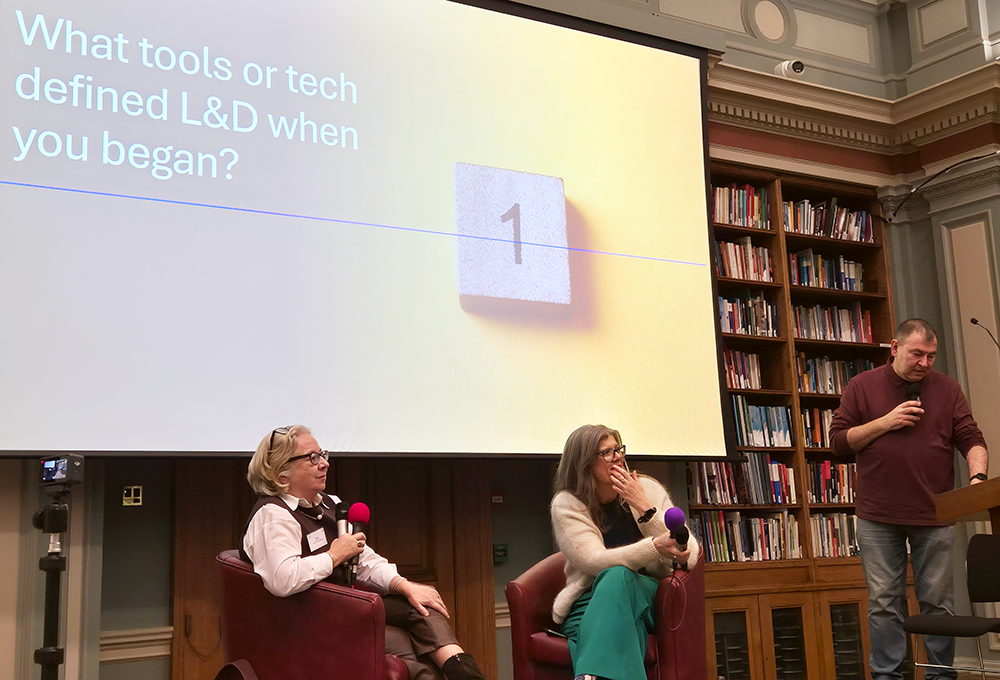Dr Nerina Ramlakhan looks at the role of leaders in creating organisational safety.
We are now several months into the global pandemic and lockdown. We’ve never experienced anything like this, and life certainly feels very different. It has been an emotional rollercoaster. In the initial phases of quarantine, even the most rational of us were running in survival mode on adrenaline and fear, rushing to stock the cupboards.
There were waves of dread, grief and sadness especially for those who were in complete isolation, had lost loved ones, or were facing job losses and uncertainty. Later people talked more about feeling exhausted and drained.
After the initial buzz of virtual connecting, there was talk of ‘zoom fatigue’ and the difficulty of experiencing true connection when speaking to colleagues and family on screens. We all began to experience loneliness and a longing for deeper connection.
During this time we’ve had to face up to our shadows – those parts of ourselves that we’ve ignored, numbed out or just been too busy to pay attention to. Many of us have had unusually bizarre and vivid dreams as these hidden aspects of ourselves have bubbled up to the surface.
Remarkable things happen when you start to cultivate a regular practice of self-awareness. Maybe you’ll start to notice more about yourself and others.
However, something different also started emerging as people reported – often guiltily – that they were feeling joyful, peaceful, happy and even contented. They were connecting in more meaningful ways with family, friends and colleagues, noticing that their conversations had more depth, empathy and open-heartedness than ever before.
And so, while this has been undoubtedly a difficult time, many of us will emerge in a different guise taking with us this desire for true connection and relating as opposed to the mere interacting that has become the norm in the last two decades as technology has governed the way in which we live, work and relate to each other.
Herein, lies the challenge for today’s leaders who, more than ever, will need to ‘be the change’ in order to create environments in which employees feel able to meet this awakened need for true connection. We come into the world wired to connect.
From the moment of our birth, we’re on a lifelong quest to feel safe in our bodies, in the environments we find ourselves in and in our relationships with others.
Stephen Porges, the professor of behavioural neuroscience says that ‘the quest for safety is a basis for living a successful life’. He says that ‘If we are not safe, we are chronically in a state of evaluation and defensiveness’ meaning we are constantly vigilant to what could go wrong, living in survival.
We shut ourselves down and lack trust, compassion and kindness. This is the state in which many people entered the pandemic but maybe being in quarantine, social distancing and in isolation, meeting the rawness of loneliness has awakened this deep and fundamental need for true relationship.
So how does the enlightened leader emerge from the pandemic acknowledging and meeting this need?
When leaders themselves are prepared to do the often uncomfortable shadow work on themselves, learn how to meet and regulate their own emotions and lead with compassion, heart centredness and emotional intelligence, it creates a culture of safety, and cohesion – and this is palpable.
So how do organisations start to build safety? It has to come from top down; leaders and managers who feel safe in themselves, like the parents of a family, exude trust and open-heartedness. In simplest terms, it feels comfortable to be around them, to make mistakes, to ask for help, to say ‘I feel….’, to put your hand up and say ‘I’m struggling’.
They feel safe to look after themselves and nurture their energy so that they bring their fully engaged selves to work – they feel able to step away from their desks, take breaks, move, eat away from their screens, rest at the weekends and while on holiday.
Importantly, and I believe this to be the icing on the cake, these employees feel safe to take risks, laugh and play, be joyful, creative, inspiring – they bring their best selves to work. A leader who exudes a strong sense of inner safety creates a positive contagion of the same feeling – it’s infectious.
This is an organisation that is literally able to get high on its own (legal) supply of oxytocin and serotonin – the hormones of wellbeing and trust.
An inside-out approach to creating a culture of safety
Creating a culture of organisational safety takes time; it doesn’t happen overnight but how do you, as a leader, take those first vital steps?
Allow me to offer a very simple starting point to reflect, and hopefully, act on – are you leading from the inside out or outside in? What do I mean by this? How do you start your day? Do you reach for your phone first thing? Do you straightaway throw your attention into what’s out there, your inbox, the news, the social media buzz?
Try doing it differently – when you become aware that you’re awake, even before you open your eyes, take your own pulse check. Breathe in, breathe out. Ask yourself ‘How am I feeling right now?’ Then move outwards into your day from this place.
Remarkable things happen when you start to cultivate a regular practice of self-awareness. As Fritz Perls, the grandfather of Gestalt therapy, said ‘Awareness in itself is healing’. Maybe you’ll start to notice more about yourself and others.
Maybe you’ll choose differently instead of running down the same default tramline of behaviour. Maybe, just maybe, enough of us will emerge from this pandemic as more conscious, compassionate and kind human beings who are prepared to meet our true selves before we move into our days to meet others. This is being the change.
When we self-regulate we know how we are feeling at any given moment, and if what we are feeling is less than desirable we can find the inner resources to be with uncomfortable feelings and/or access more helpful emotional states rather than acting them out or projecting them onto other people.
We start learning how to self-regulate from birth, learning how to respond and adapt our inner world to meet the external world. Initially, we rely on parents to help us to feel safe in a process called co-regulation and over time we grow our muscles of resilience and learn how to self-regulate and access inner safety in our own unique ways and in the face of emotional fluctuations in our external environment.
All of this is to do with how our nervous system feels the world and responds to the world – choosing either the route of survival or thriving, unsafe or safe. However, our nervous systems are shaped by our experiences and the ability to self-regulate can be disrupted by childhood trauma and adverse life events.
Many will have experienced this pandemic as traumatic and the return to normal working will require some bolstering and co-regulation – from managers and senior leaders.
About the author
Dr Nerina Ramlakhan has worked as a professional physiologist and sleep therapist for 25 years and is the original founder of BUPA’s Corporate Wellbeing Solutions.




